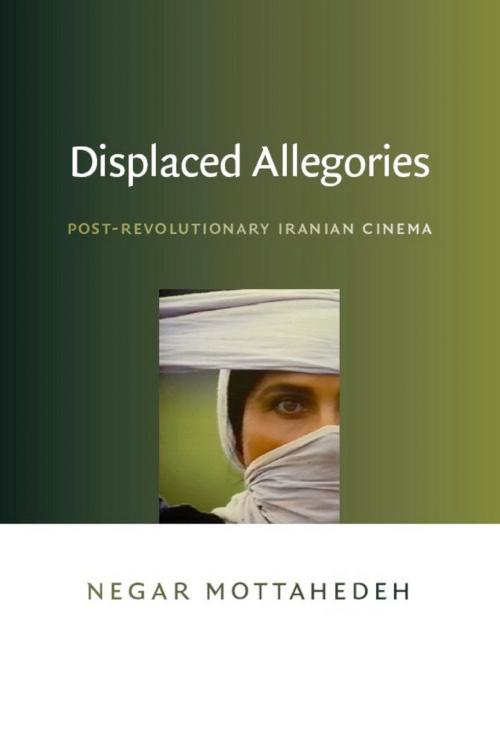Displaced Allegories
Post-Revolutionary Iranian Cinema
Nonfiction, Entertainment, Film, History & Criticism, Performing Arts, History, Middle East| Author: | Negar Mottahedeh | ISBN: | 9780822381198 |
| Publisher: | Duke University Press | Publication: | November 14, 2008 |
| Imprint: | Duke University Press Books | Language: | English |
| Author: | Negar Mottahedeh |
| ISBN: | 9780822381198 |
| Publisher: | Duke University Press |
| Publication: | November 14, 2008 |
| Imprint: | Duke University Press Books |
| Language: | English |
Following the 1979 Iranian Revolution, Iran’s film industry, in conforming to the Islamic Republic’s system of modesty, had to ensure that women on-screen were veiled from the view of men. This prevented Iranian filmmakers from making use of the desiring gaze, a staple cinematic system of looking. In Displaced Allegories Negar Mottahedeh shows that post-Revolutionary Iranian filmmakers were forced to create a new visual language for conveying meaning to audiences. She argues that the Iranian film industry found creative ground not in the negation of government regulations but in the camera’s adoption of the modest, averted gaze. In the process, the filmic techniques and cinematic technologies were gendered as feminine and the national cinema was produced as a woman’s cinema.
Mottahedeh asserts that, in response to the prohibitions against the desiring look, a new narrative cinema emerged as the displaced allegory of the constraints on the post-Revolutionary Iranian film industry. Allegorical commentary was not developed in the explicit content of cinematic narratives but through formal innovations. Offering close readings of the work of the nationally popular and internationally renowned Iranian auteurs Bahram Bayza’i, Abbas Kiarostami, and Mohsen Makhmalbaf, Mottahedeh illuminates the formal codes and conventions of post-Revolutionary Iranian films. She insists that such analyses of cinema’s visual codes and conventions are crucial to the study of international film. As Mottahedeh points out, the discipline of film studies has traditionally seen film as a medium that communicates globally because of its dependence on a (Hollywood) visual language assumed to be universal and legible across national boundaries. Displaced Allegories demonstrates that visual language is not necessarily universal; it is sometimes deeply informed by national culture and politics.
Following the 1979 Iranian Revolution, Iran’s film industry, in conforming to the Islamic Republic’s system of modesty, had to ensure that women on-screen were veiled from the view of men. This prevented Iranian filmmakers from making use of the desiring gaze, a staple cinematic system of looking. In Displaced Allegories Negar Mottahedeh shows that post-Revolutionary Iranian filmmakers were forced to create a new visual language for conveying meaning to audiences. She argues that the Iranian film industry found creative ground not in the negation of government regulations but in the camera’s adoption of the modest, averted gaze. In the process, the filmic techniques and cinematic technologies were gendered as feminine and the national cinema was produced as a woman’s cinema.
Mottahedeh asserts that, in response to the prohibitions against the desiring look, a new narrative cinema emerged as the displaced allegory of the constraints on the post-Revolutionary Iranian film industry. Allegorical commentary was not developed in the explicit content of cinematic narratives but through formal innovations. Offering close readings of the work of the nationally popular and internationally renowned Iranian auteurs Bahram Bayza’i, Abbas Kiarostami, and Mohsen Makhmalbaf, Mottahedeh illuminates the formal codes and conventions of post-Revolutionary Iranian films. She insists that such analyses of cinema’s visual codes and conventions are crucial to the study of international film. As Mottahedeh points out, the discipline of film studies has traditionally seen film as a medium that communicates globally because of its dependence on a (Hollywood) visual language assumed to be universal and legible across national boundaries. Displaced Allegories demonstrates that visual language is not necessarily universal; it is sometimes deeply informed by national culture and politics.















